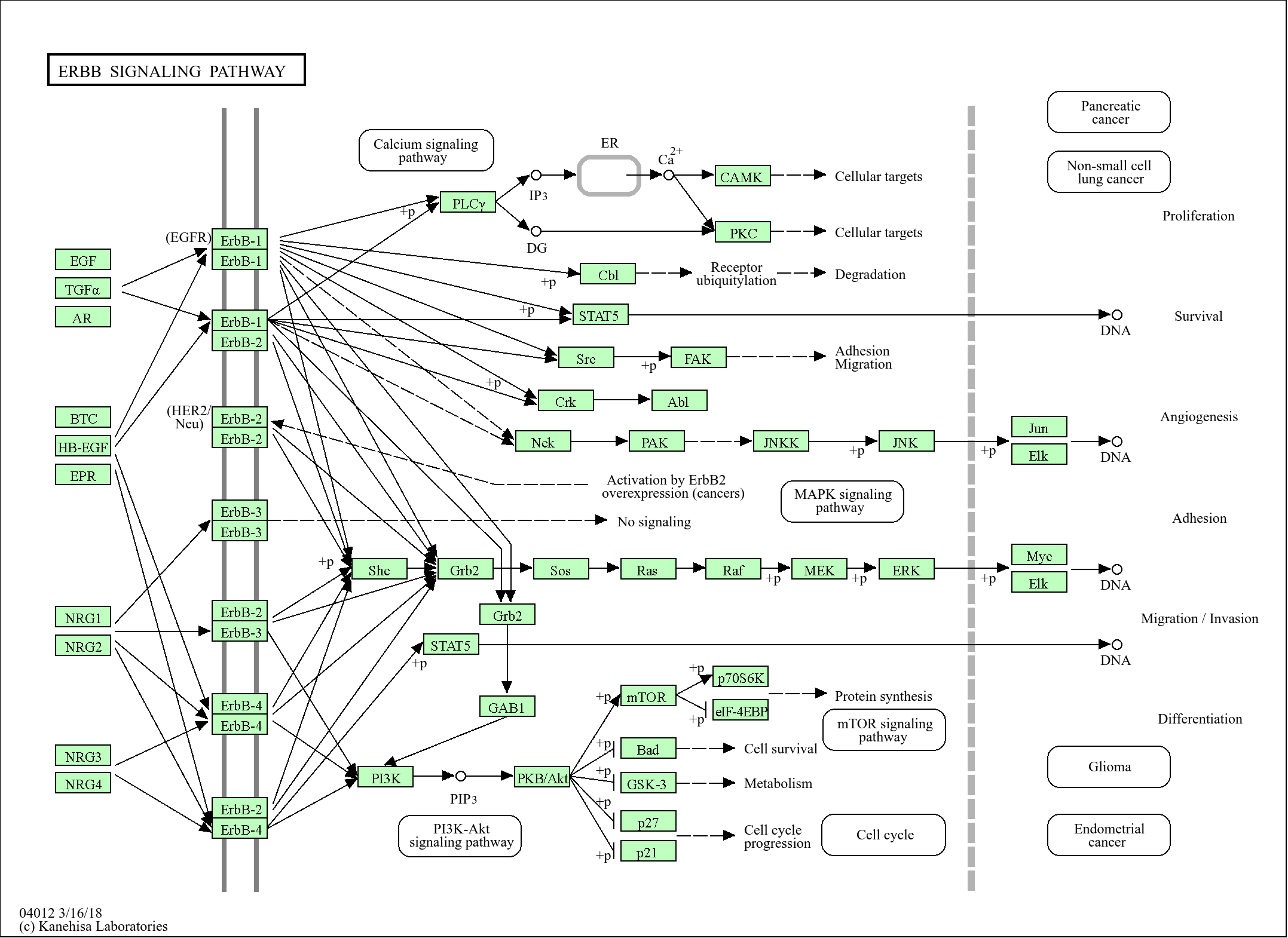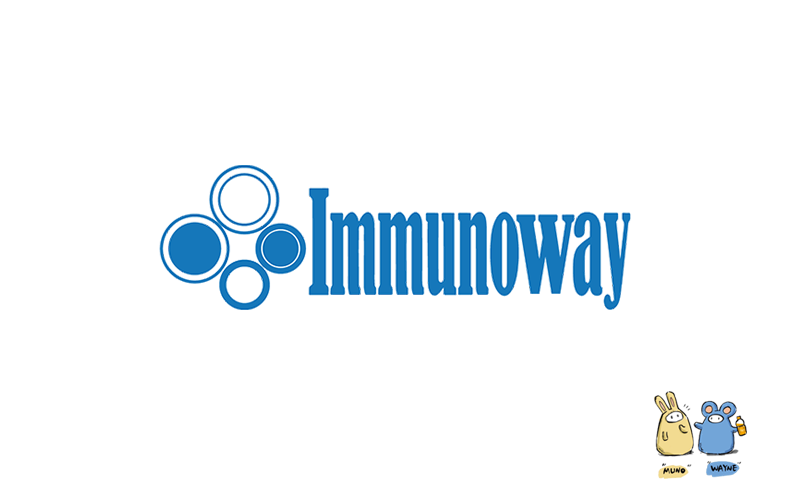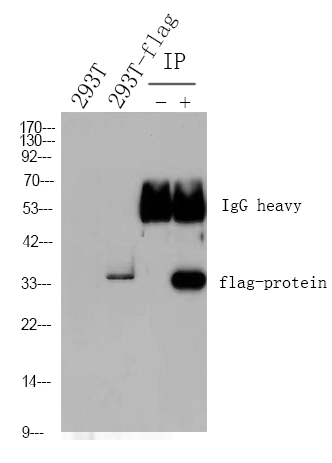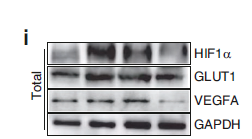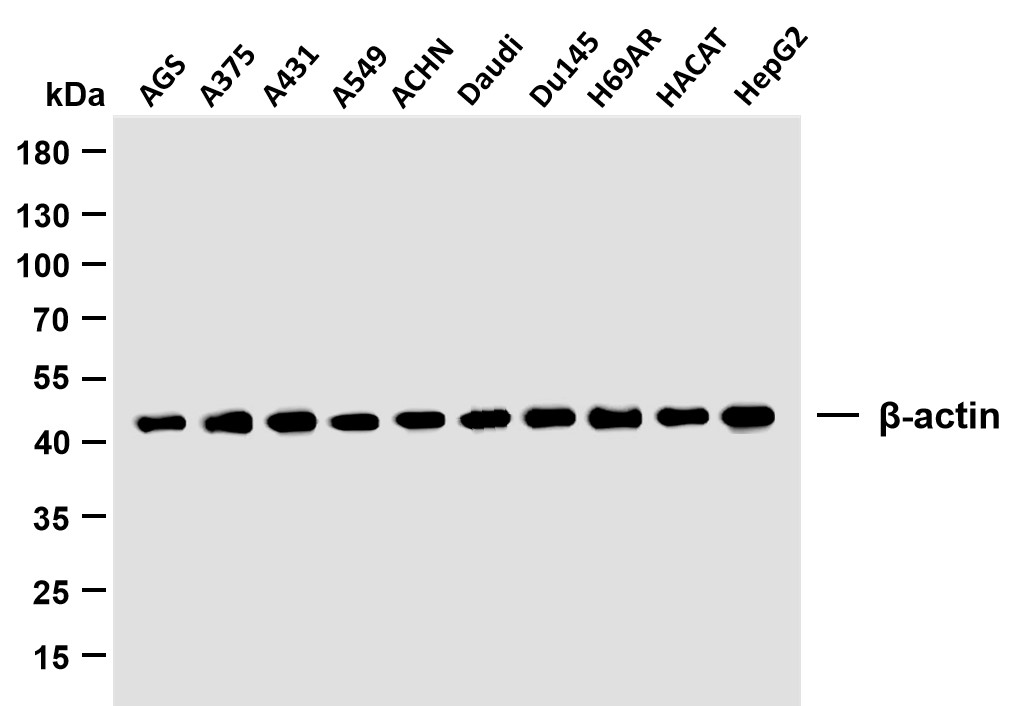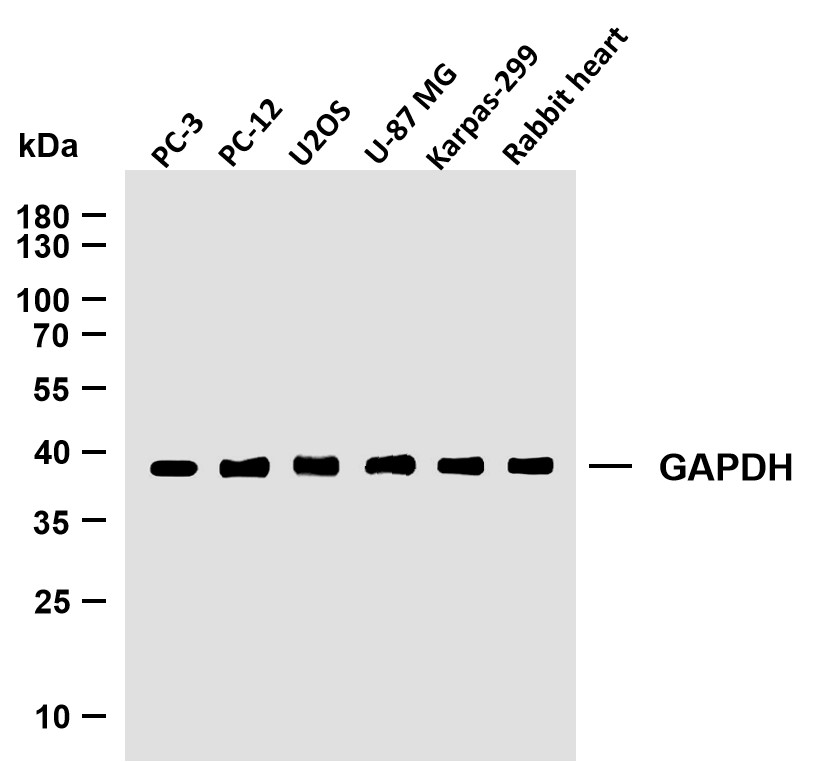
Catalog: YN2043
Size
Price
Status
Qty.
200μL
$450.00
In stock
0
100μL
$280.00
In stock
0
40μL
$150.00
In stock
0
Add to cart


Collected


Collect
Main Information
Target
ANTR2
Host Species
Rabbit
Reactivity
Human, Mouse
Applications
WB, ELISA
MW
53kD (Observed)
Conjugate/Modification
Unmodified
Detailed Information
Recommended Dilution Ratio
WB 1:500-2000; ELISA 1:5000-20000
Formulation
Liquid in PBS containing 50% glycerol,0.5% BSA and 0.02% sodium azide.
Specificity
ANTR2 Polyclonal Antibody detects endogenous levels of protein.
Purification
The antibody was affinity-purified from rabbit antiserum by affinity-chromatography using epitope-specific immunogen.
Storage
-15°C to -25°C/1 year(Do not lower than -25°C)
Concentration
1 mg/ml
MW(Observed)
53kD
Modification
Unmodified
Clonality
Polyclonal
Isotype
IgG
Related Products
Antigen&Target Information
Immunogen:
Synthesized peptide derived from part region of human protein
show all
Specificity:
ANTR2 Polyclonal Antibody detects endogenous levels of protein.
show all
Gene Name:
ANTXR2 CMG2
show all
Protein Name:
Anthrax toxin receptor 2 (Capillary morphogenesis gene 2 protein) (CMG-2)
show all
Background:
This gene encodes a receptor for anthrax toxin. The protein binds to collagen IV and laminin, suggesting that it may be involved in extracellular matrix adhesion. Mutations in this gene cause juvenile hyaline fibromatosis and infantile systemic hyalinosis. Multiple transcript variants encoding different isoforms have been found for this gene. [provided by RefSeq, Mar 2009],
show all
Function:
Disease:Defects in ANTXR2 are the cause of infantile systemic hyalinosis (ISH) [MIM:236490]. This autosomal recessive syndrome is similar to JHF, but has an earlier onset and a more severe course. Symptoms appear at birth or within the first months of life, with painful, swollen joint contractures, osteopenia, osteoporosis and livid red hyperpigmentation over bony prominences. Patients develop multiple subcutaneous skin tumors and gingival hypertrophy. Hyaline deposits in multiple organs, recurrent infections and intractable diarrhea often lead to death within the first 2 years of life. Surviving children may suffer from severely reduced mobility due to joint contractures.,Disease:Defects in ANTXR2 are the cause of juvenile hyaline fibromatosis (JHF) [MIM:228600]. JHF is an autosomal recessive syndrome that is similar to ISH but takes a milder course. It is characterized by hyaline deposition in the dermis, multiple subcutaneous skin tumors and gingival hypertrophy, followed by progressive joint contractions, osteopenia and osteoporosis that may lead to a severe limitation of mobility.,Domain:Binding to PA seems to be effected through the VWA domain.,Function:Necessary for cellular interactions with laminin and the extracellular matrix.,miscellaneous:Upon binding of the protective antigen (PA) of Bacillus anthracis the complex moves to glycosphingolipid-rich lipid rafts, where it is internalized via a clathrin-dependent pathway.,similarity:Belongs to the ATR family.,similarity:Contains 1 VWFA domain.,subcellular location:Expressed at the cell surface.,subcellular location:Expressed predominantly within the endoplasmic reticulum and not at the plasma membrane.,subunit:Binds laminin, and possibly also collagen type IV. Binds to the protective antigen (PA) of Bacillus anthracis in a divalent cation-dependent manner, with the following preference: calcium > manganese > magnesium > zinc. Binding of PA leads to heptamerization of the receptor-PA complex.,tissue specificity:Expressed in prostate, thymus, ovary, testis, pancreas, colon, heart, kidney, lung, liver, peripheral blood leukocytes, placenta, skeletal muscle, small intestine and spleen.,
show all
Cellular Localization:
[Isoform 1]: Cell membrane ; Single-pass type I membrane protein . Expressed at the cell surface. .; [Isoform 2]: Endoplasmic reticulum membrane ; Single-pass type I membrane protein . Expressed predominantly within the endoplasmic reticulum and not at the plasma membrane. .; [Isoform 3]: Secreted .
show all
Tissue Expression:
Research Areas:
>>NOD-like receptor signaling pathway
show all
Reference Citation({{totalcount}})
Catalog: YN2043
Size
Price
Status
Qty.
200μL
$450.00
In stock
0
100μL
$280.00
In stock
0
40μL
$150.00
In stock
0
Add to cart


Collected


Collect
Recently Viewed Products
Clear allPRODUCTS
CUSTOMIZED
ABOUT US
Toggle night Mode
{{pinfoXq.title || ''}}
Catalog: {{pinfoXq.catalog || ''}}
Filter:
All
{{item.name}}
{{pinfo.title}}
-{{pinfo.catalog}}
Main Information
Target
{{pinfo.target}}
Reactivity
{{pinfo.react}}
Applications
{{pinfo.applicat}}
Conjugate/Modification
{{pinfo.coupling}}/{{pinfo.modific}}
MW (kDa)
{{pinfo.mwcalc}}
Host Species
{{pinfo.hostspec}}
Isotype
{{pinfo.isotype}}
Product {{index}}/{{pcount}}
Prev
Next
{{pvTitle}}
Scroll wheel zooms the picture
{{pvDescr}}

